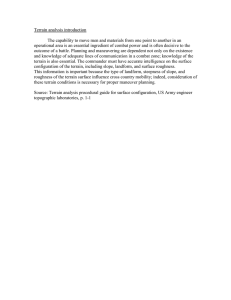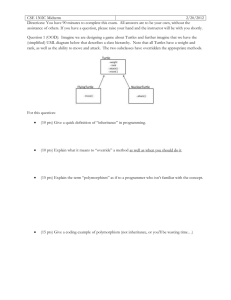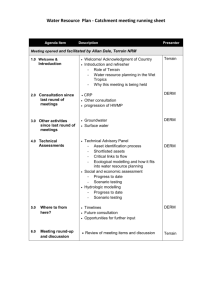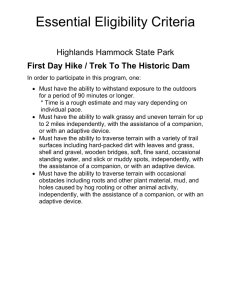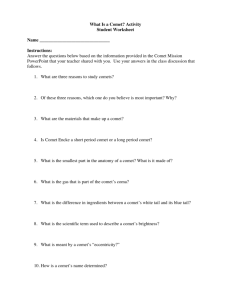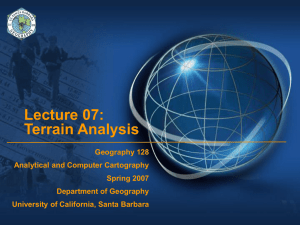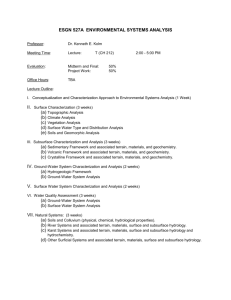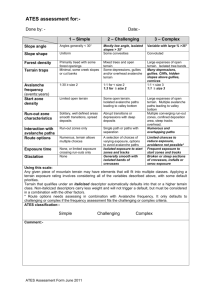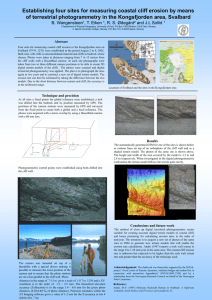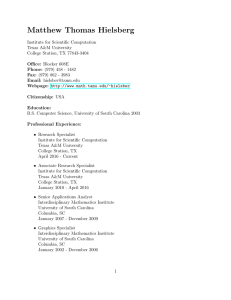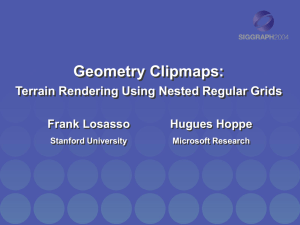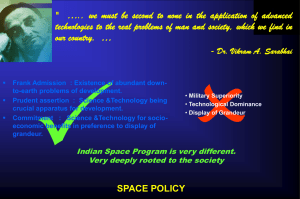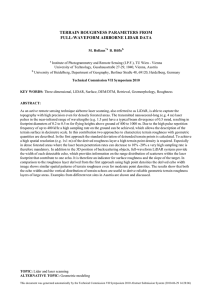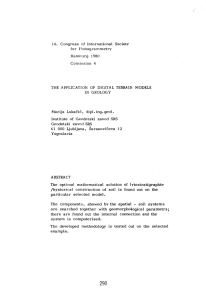Shape and geology from two flybys.
advertisement
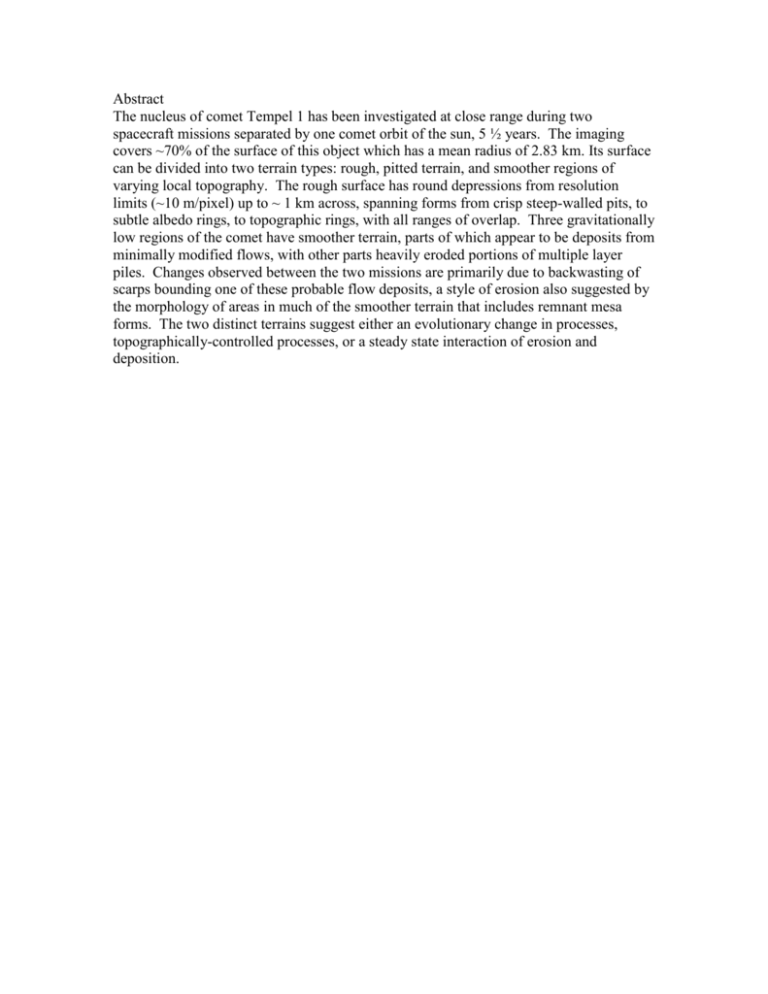
Abstract The nucleus of comet Tempel 1 has been investigated at close range during two spacecraft missions separated by one comet orbit of the sun, 5 ½ years. The imaging covers ~70% of the surface of this object which has a mean radius of 2.83 km. Its surface can be divided into two terrain types: rough, pitted terrain, and smoother regions of varying local topography. The rough surface has round depressions from resolution limits (~10 m/pixel) up to ~ 1 km across, spanning forms from crisp steep-walled pits, to subtle albedo rings, to topographic rings, with all ranges of overlap. Three gravitationally low regions of the comet have smoother terrain, parts of which appear to be deposits from minimally modified flows, with other parts heavily eroded portions of multiple layer piles. Changes observed between the two missions are primarily due to backwasting of scarps bounding one of these probable flow deposits, a style of erosion also suggested by the morphology of areas in much of the smoother terrain that includes remnant mesa forms. The two distinct terrains suggest either an evolutionary change in processes, topographically-controlled processes, or a steady state interaction of erosion and deposition.
